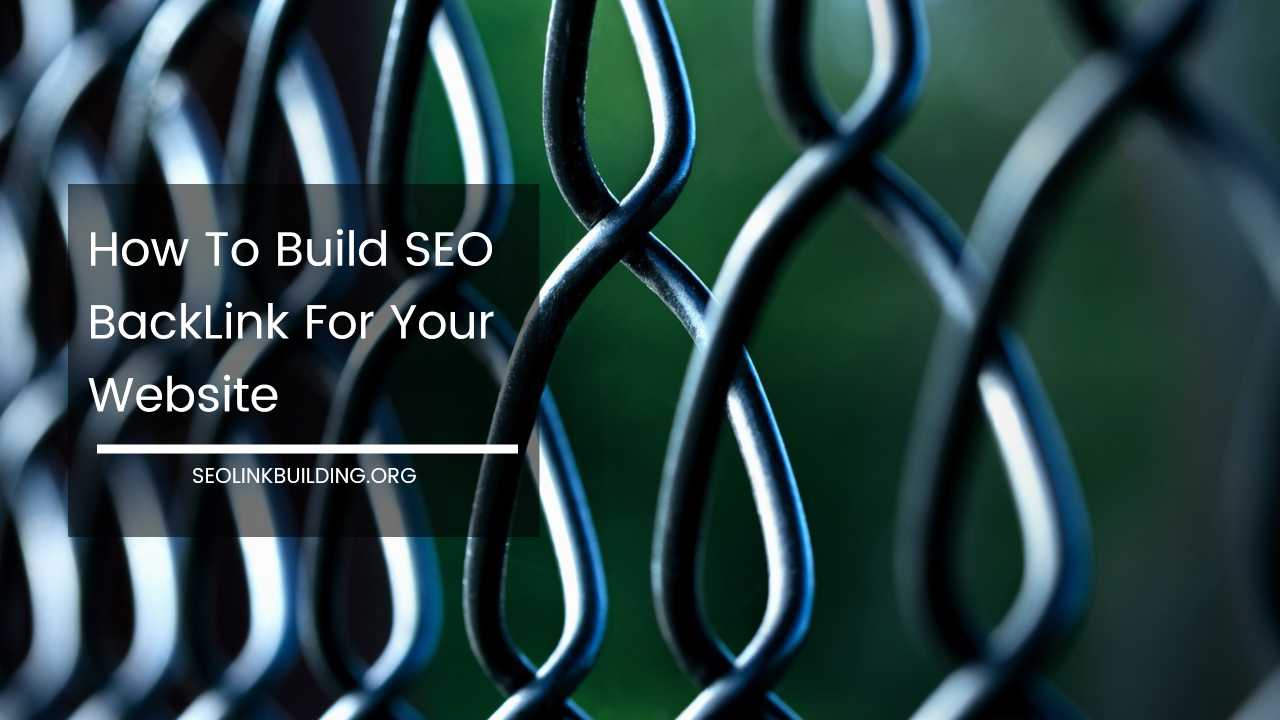SEO Visibility – How to Fix a Search Visibility Loss

Search Visibility
In the vast digital landscape, where the competition for online visibility is fierce, Search Engine Optimization (SEO) stands as a beacon guiding websites toward prominence in search engine results.
However, even the most meticulously crafted SEO strategies can encounter challenges, leading to a decline in search visibility.
In this comprehensive guide, we will delve into the intricacies of SEO visibility, explore the common reasons behind its loss, and provide actionable steps for beginners to rectify and enhance their online presence.
Understanding SEO Visibility:
SEO visibility is the yardstick by which we measure a website’s prominence in search engine results. A high SEO visibility ensures that a website is easily discoverable by search engines and, consequently, by users.
Numerous factors contribute to SEO visibility, ranging from keyword optimization and content quality to backlinks and the technical aspects of a website.
In essence, when users search for information or services relevant to a website, a higher SEO visibility increases the likelihood of that website appearing at the top of search engine results pages (SERPs).
It’s a pivotal element in digital marketing strategies, and understanding how to enhance and maintain SEO visibility is crucial for online success.
Common Reasons for Search Visibility Loss:
Algorithm Updates: Search engines continuously refine their algorithms to provide users with more accurate and relevant results.
While these updates aim to enhance the overall search experience, they can sometimes result in a loss of visibility for certain websites.
Staying informed about algorithm changes is paramount, as it enables website owners to adapt their strategies accordingly.
Technical Issues: Technical glitches on a website, such as slow loading times, broken links, or improper redirects, can significantly impact SEO visibility.
Search engines prioritize websites that offer a seamless user experience, making it imperative to identify and rectify technical issues promptly.
Content Quality: The quality of content plays a pivotal role in SEO. If content is outdated, irrelevant, or fails to provide value to users, search engines may demote the website in rankings. Regularly updating and optimizing content is essential to ensure it aligns with user intent and industry trends.
Backlink Profile: Backlinks, or incoming links from other websites, are crucial for SEO. However, a poor backlink profile with low-quality or spammy links can lead to search engine penalties.
Conducting a thorough audit of your backlinks and disavowing harmful ones can enhance the credibility of your website.
Keyword Strategy: Changes in user search behavior or shifts in industry trends can impact the effectiveness of chosen keywords.
Regularly analyzing and updating your keyword strategy is vital to staying relevant and ensuring that your content aligns with current search queries.
Steps to Recover SEO Visibility:
Conduct a Comprehensive Website Audit: Begin the recovery process by conducting a thorough audit of your website.
Identify technical issues, analyze content quality, and assess your backlink profile. Tools like Google Search Console, SEMrush, or Moz can provide valuable insights into the current state of your website’s SEO.
Stay Informed about Algorithm Updates: Subscribe to industry blogs, follow search engine announcements, and stay informed about algorithm updates.
Understanding the changes will help you adapt your SEO strategy to align with the latest requirements and preferences of search engines.
Optimize Technical Aspects: Address any technical issues identified during the audit. Improve website speed, fix broken links, and ensure mobile responsiveness. A technically sound website is more likely to rank higher in search results, contributing to improved SEO visibility.
Update and Optimize Content: Regularly review and update your content to ensure it remains relevant and valuable to users.
Use tools like Google Analytics to identify underperforming pages and revamp them for better visibility. Pay attention to on-page SEO elements, including meta titles, descriptions, and headers.
Reassess Keyword Strategy: Analyze the effectiveness of your current keyword strategy. Use keyword research tools to identify new opportunities and trends in your industry.
Optimize your content to incorporate these keywords naturally, ensuring that your website aligns with the current language used by your target audience.
Improve Backlink Profile: Conduct a detailed audit of your backlink profile and disavow any toxic links.
Focus on building high-quality, relevant backlinks through outreach, partnerships, and content marketing. A strong backlink profile enhances your website’s authority in the eyes of search engines.
Enhance User Experience: Prioritize user experience on your website. Ensure intuitive navigation, engaging content, and clear calls-to-action.
A positive user experience not only contributes to better SEO but also ensures that visitors are more likely to stay on your site, reducing bounce rates and signaling to search engines that your content is valuable.
Utilize Social Media: Leverage social media platforms to promote your content and drive traffic to your website.
While social signals may not directly impact SEO rankings, a strong social media presence enhances your online reputation and can indirectly contribute to improved visibility.
Monitor and Adjust: SEO is an ongoing process, and continuous monitoring is essential for success. Regularly track your website’s performance, keyword rankings, and user behavior.
Be prepared to adapt your strategy based on changing trends, user preferences, and emerging opportunities.
Concluding Thoughts:
In the ever-evolving landscape of online search, maintaining and improving SEO visibility is a continuous effort.
By understanding the common reasons for search visibility loss and implementing the suggested steps, beginners can take significant strides toward optimizing their websites for better search engine rankings.
Remember, SEO is a long-term investment, and consistent effort is key to achieving and sustaining high visibility in search results.
As you navigate the dynamic world of SEO, keep in mind that staying informed, adapting to changes, and prioritizing user experience are fundamental to success in the digital realm.













